5 Types of Outdoor Furniture That Last
As summer heats up, you’ll want to make sure your patio furniture is in tip top shape to maximize your enjoyment of the great outdoors. But what if you settle onto that furniture and hmmm…it doesn’t look nearly as nice as it once did? Well, you’re in luck because today there are dozens of choices for new outdoor patio furniture that will have your outdoor living spaces looking and feeling cozy and welcoming for both you and your guests.
Your choice in outdoor furniture is important, as you probably spend a lot of time on it during the summer months. It makes sense, then, to choose comfortable styles and fabrics, while still keeping in mind the care and maintenance needs of furniture. The first thing you should do is think about how you use your outdoor areas. Do you hold big parties for many people, or do you have more small, intimate cookouts? Do you do most of your cooking outdoors during the summer? These are important questions to ask when you’re considering new furniture purchases.
Below we have categorized a few of the most attractive choices for patio furniture, both by aesthetics and by their ease-of-maintenance. Use this as your guide when you go shopping.
1. Wrought Iron Furniture
Wrought iron is classic, sturdy, and timeless-looking. If you live in an area of high winds, you won’t have to worry about your patio furniture blowing away. There are so many styles, colors, and designs with wrought iron that it is sure to fit your style, no matter what that might be. But don’t plan to use this type of outdoor furniture if you’ll be moving pieces around a lot. They are hefty and will leave marks if dragged across the deck.
Because the paint on wrought iron can chip, see if there is a touch-up paint in the same color available to purchase when you buy your set of furniture. You’ll be able to use the touch up anytime you find scratches or chips, and it’ll keep your furniture looking like brand new. To clean, just wipe down with a damp cloth. If deeper cleaning is necessary, wipe down with a solution of dishwashing detergent and warm water, and then rinse with your garden hose.
2. Aluminum Furniture
Aluminum patio furniture is great if you want an easy-care solution that you can effortlessly move around. Aluminum won’t rust, and it’s super lightweight. Choose cushions that you can easily replace, as the aluminum frame will probably significantly outlast your cushions. When you’re shopping, make sure that the hardware on your furniture is rust-proof, and choose a powder-coated, UV-resistant finish. Check the welds to make sure they are seamless, and look sturdy.
To clean aluminum furniture, just wipe it down with a damp cloth. If you see scuff marks, you can very gently use a bit of Soft Scrub on a soft, damp cloth, but be careful – you don’t want to scratch the finish, especially if it’s shiny. And never use abrasive cleaners on aluminum. Rinse off with your garden hose.
3. Polymer and Plastic Furniture
If easy care and maintenance are what you’re looking for, synthetics are where it’s at. Plastic patio furniture created from recycled plastics are fantastic if you live in a saltwater environment. This furniture can’t ever rust and is designed to last in difficult environments. Marine-grade polymers can also be used. They’re heavy, sturdy, and have been designed to look just like painted wood. You can leave this furniture out all year round without any ill effects, and cleaning is easy with a simple dish soap and water solution and a damp cloth. Rinse with your garden hose.
4. Real Wood Furniture
The type of wood your furniture is made of is crucial if you want to avoid things like splitting, rotting, and bugs. You want dense wood such as teak or eucalyptus, or a hardy wood such as cedar. Teak and Eucalyptus are easier to maintain because they don’t need to be sealed on a yearly basis, but cedar is naturally moisture- and bug-resistant.
Clean your wood furniture with a soft brush and a solution of water and Murphy’s Oil Soap. Hose down well and dry with shop towels.
5. Cushion Fabrics
Choosing new cushions is a great way to make older furniture look new again. They can also be the most pricey part of your patio set, so make sure you choose wisely!
If price is no object, look for fabric designed for outdoor use that is UV-resistant, as well as resistant to moisture, mold, and stains. And bring your cushions indoors when you’re not using them – you’ll get much more life out of your investment.





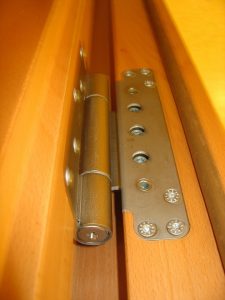

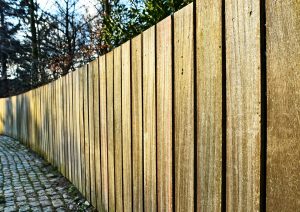 As long as you’re cleaning and restaining the deck, you may as well take a look at the fence, too. Replace any rotted or cracked boards and make sure there aren’t any nails or screws sticking out. Fences typically don’t need to be stained or sealed as often as decks since the surface is vertical and isn’t exposed to foot traffic. A good powerwashing will clean off any dirt and debris. Fences can be sealed or stained with the same type of products you’d use on your deck.
As long as you’re cleaning and restaining the deck, you may as well take a look at the fence, too. Replace any rotted or cracked boards and make sure there aren’t any nails or screws sticking out. Fences typically don’t need to be stained or sealed as often as decks since the surface is vertical and isn’t exposed to foot traffic. A good powerwashing will clean off any dirt and debris. Fences can be sealed or stained with the same type of products you’d use on your deck.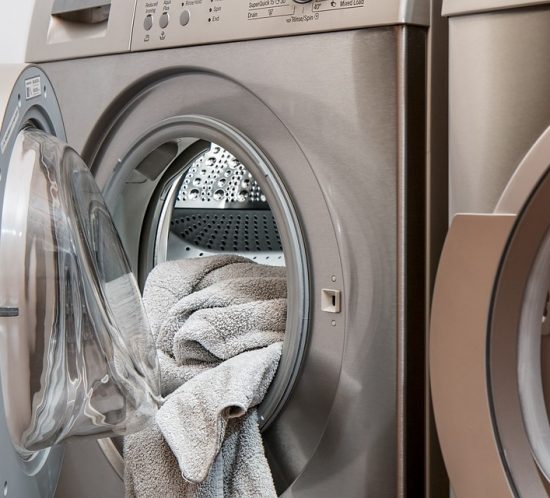
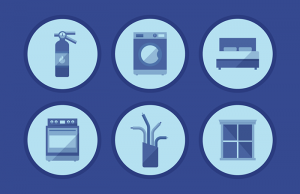
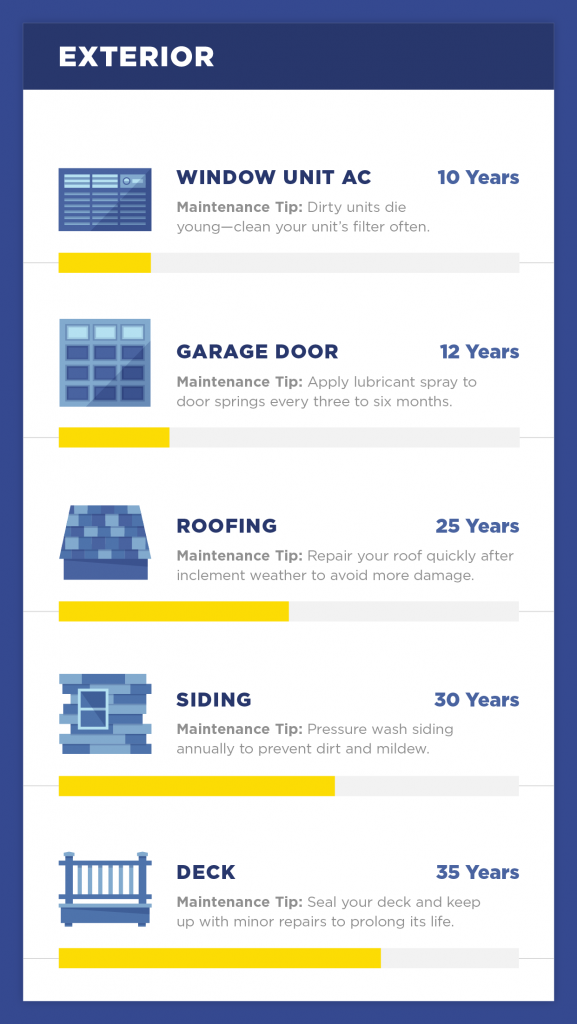

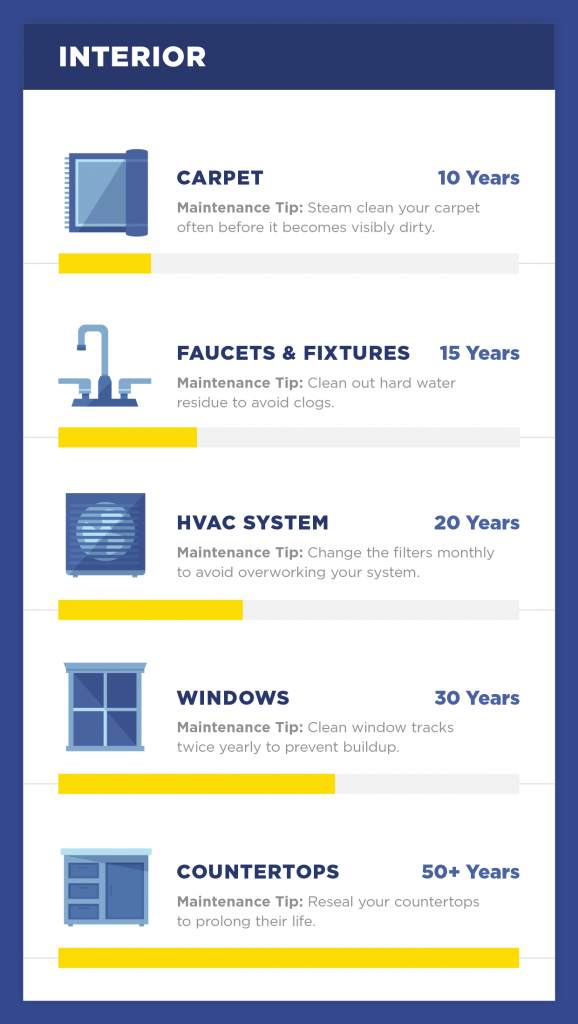

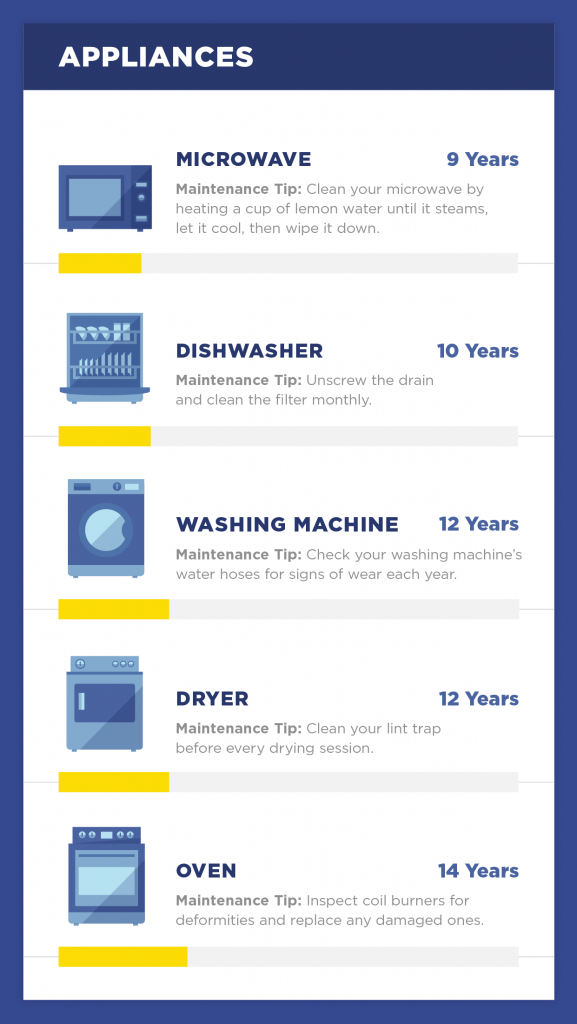

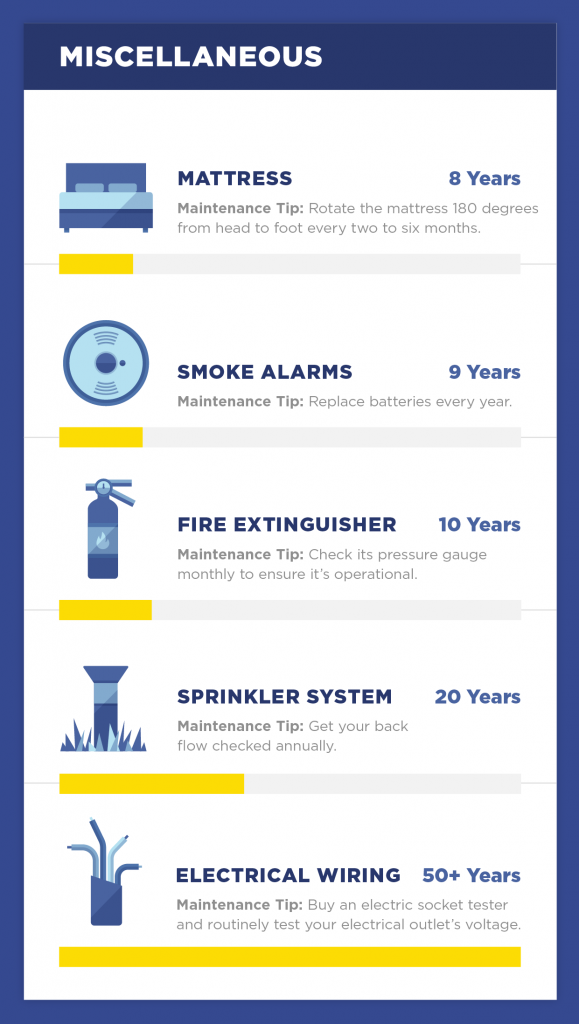



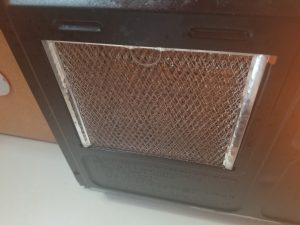
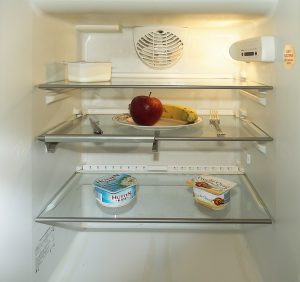


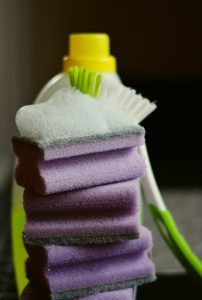




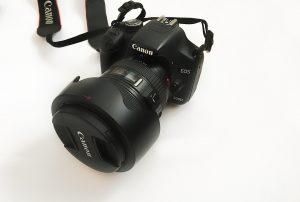

 1. Act fast.
1. Act fast.


 5. Show them the money.
5. Show them the money.

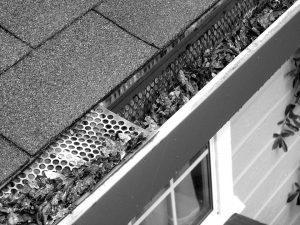
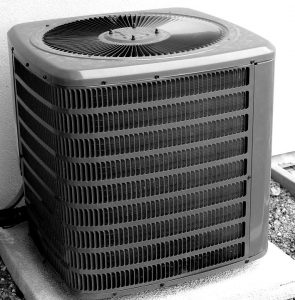








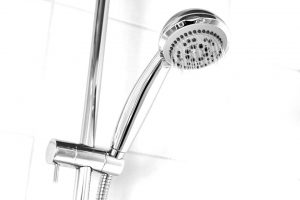 Even if you don’t have hard water, mineral deposits and sediment can build up on your shower head. Your water pressure can be affected and you might even see a rogue stream of water shooting off in a random direction. Never fear. Cleaning off your shower head is super easy and you probably already have everything on hand.
Even if you don’t have hard water, mineral deposits and sediment can build up on your shower head. Your water pressure can be affected and you might even see a rogue stream of water shooting off in a random direction. Never fear. Cleaning off your shower head is super easy and you probably already have everything on hand.

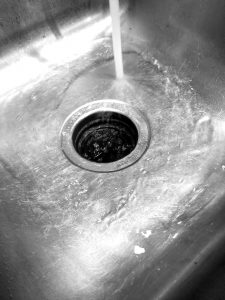 Ever notice a funky little smell drifting up from your kitchen sink? Maybe it’s that tuna melt sandwich you just put down the drain. Or maybe it’s time to show your hardworking garbage disposal some love. There are many ways to clean the garbage disposal and if you do a quick search on Pinterest you’ll be bombarded with options. Our best advice comes from Property Geek Karla who suggests the following:
Ever notice a funky little smell drifting up from your kitchen sink? Maybe it’s that tuna melt sandwich you just put down the drain. Or maybe it’s time to show your hardworking garbage disposal some love. There are many ways to clean the garbage disposal and if you do a quick search on Pinterest you’ll be bombarded with options. Our best advice comes from Property Geek Karla who suggests the following: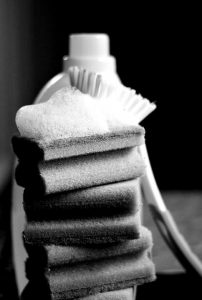 Do your walls and baseboards have a magnetic-like attraction to dust and grime? There are several different ways to fight back, depending on the level of effort you want to put forth. Here are a couple of ideas:
Do your walls and baseboards have a magnetic-like attraction to dust and grime? There are several different ways to fight back, depending on the level of effort you want to put forth. Here are a couple of ideas: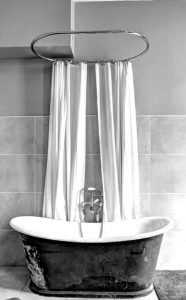 Do you ever get the feeling it would be better to go with a gray shower liner instead of battling the mildew that collects on that once-pristine white one? The battle against mildew and mold can be won. Just wash your shower curtain with salt. Salt? Yep. Regular table salt will do the trick. Here’s how:
Do you ever get the feeling it would be better to go with a gray shower liner instead of battling the mildew that collects on that once-pristine white one? The battle against mildew and mold can be won. Just wash your shower curtain with salt. Salt? Yep. Regular table salt will do the trick. Here’s how: